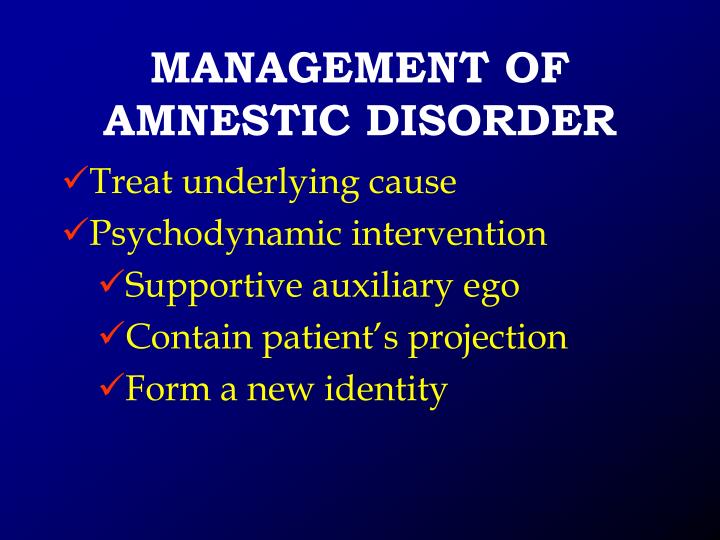
Various neuropathological, electrophysiological, and neuroimaging studies have provided evidence that AD disrupts the integration of FCs between brain regions, leading to cognitive decline 10, 12, 13, 14, 15. Integration of neural activities between different brain regions is required for physiological brain functioning therefore, analyzing the disruption of functional connectivity (FC) between brain regions may provide more information regarding pathophysiological mechanisms than investigating the activities of individual brain regions in AD. It is widely accepted that cognitive dysfunction in AD could be attributed to a functional disconnection between distant brain areas 10, 11. Moreover, classification of aMCI into early and late stages may provide insight into underlying etiology, pathophysiology, and prognosis, which could ultimately provide important information for establishing a treatment strategy 8, 9.

Given the possibility of attempting therapeutic interventions, early detection of aMCI before conversion to AD is critical in the management of patients with cognitive decline. Several lines of evidence suggest that treatment with acetylcholine esterase inhibitors may delay progression to AD in patients with aMCI 6, 7. non-amnestic) 1, 4.Īmong the subtypes of MCI, the amnestic form of MCI (aMCI) is more likely to convert to AD dementia than other subtypes of MCI and healthy elders 3, 5 thus, aMCI has been regarded as a precursor of AD dementia. multi-domain) and impairment of the memory domain (amnestic vs. MCI can be categorized into several subtypes based on the number of impaired domains (single- vs. MCI is a heterogeneous group with diverse prognosis, where some progress to dementia, remain as MCI, or recover to normal cognition therefore, classification of MCI is important for predicting outcomes and establishing treatment strategies 3.

There is growing interest in MCI as the drugs currently available to treat Alzheimer's disease (AD) can only suppress symptoms of dementia for a limited period, they cannot stop or reverse disease progression 2. Mild cognitive impairment (MCI) has been considered as a transitional cognitive state between normal aging and dementia 1.

Graph measures could differentiate aMCI from naMCI, suggesting that these measures might be considered as predictive markers for progression to Alzheimer’s dementia in patients with MCI. Late aMCI showed inefficient and segregated network properties compared to early aMCI. The naïve Bayes algorithm classified aMCI and naMCI with 89% accuracy. Modularity was negatively correlated with scores on the semantic fluency test, and the radius in the gamma band was positively correlated with visual memory, phonemic, and semantic fluency tests. Compared to naMCI, aMCI showed higher modularity in the beta band and lower radius in the gamma band. Machine learning algorithms were applied to determine whether the EEG graph measures could be used to distinguish aMCI from naMCI. Correlation analyses were conducted between the graph measures and neuropsychological test results. Graph analyses were performed and compared between aMCI and naMCI, as well as between early and late aMCI.

The data of 197 drug-naïve individuals who complained cognitive impairment were reviewed. The purpose of this study was to explore different patterns of functional networks between amnestic mild cognitive impairment (aMCI) and non-aMCI (naMCI) using electroencephalography (EEG) graph theoretical analysis.


 0 kommentar(er)
0 kommentar(er)
